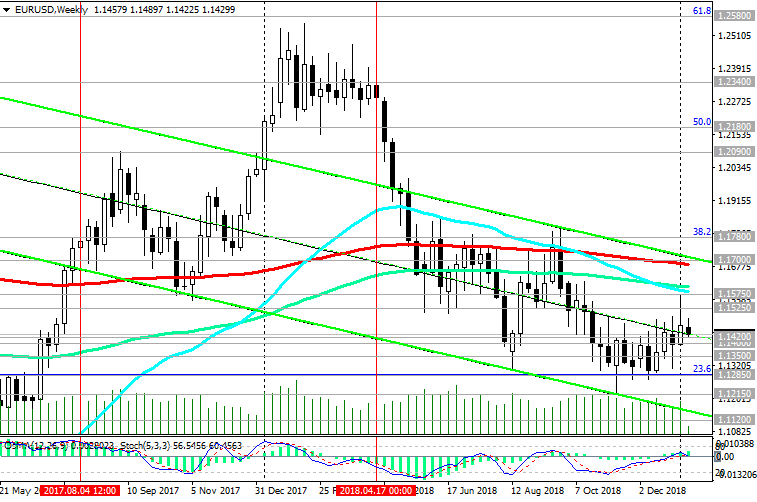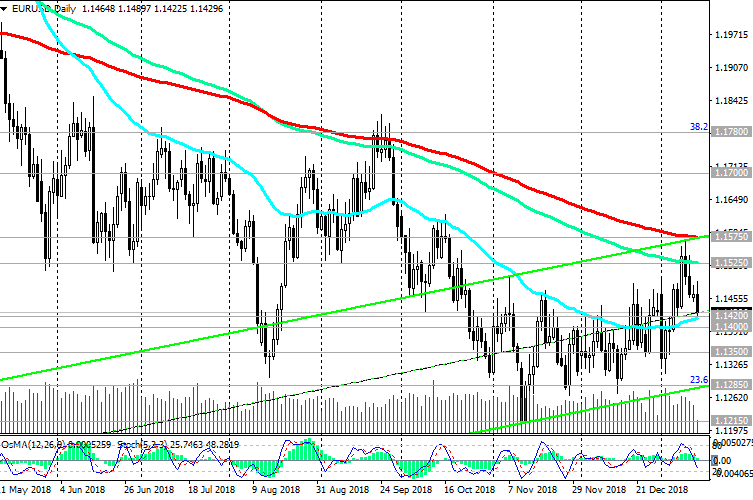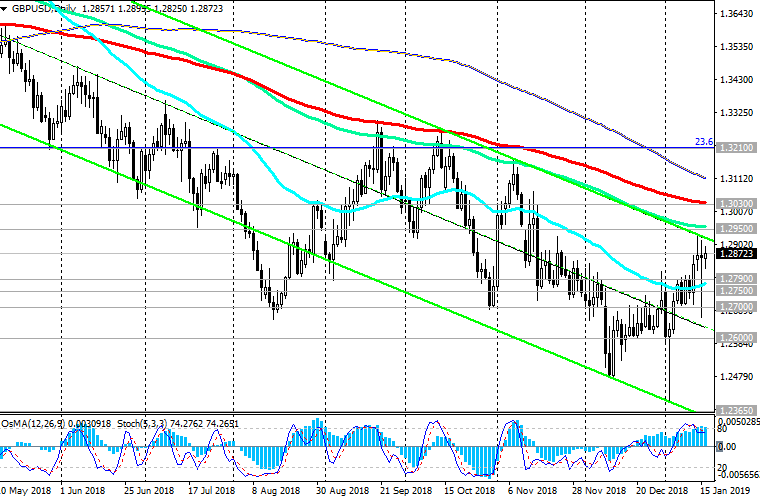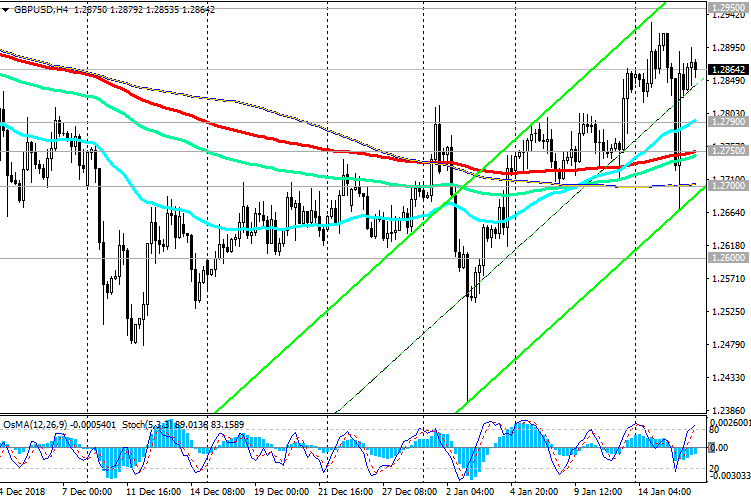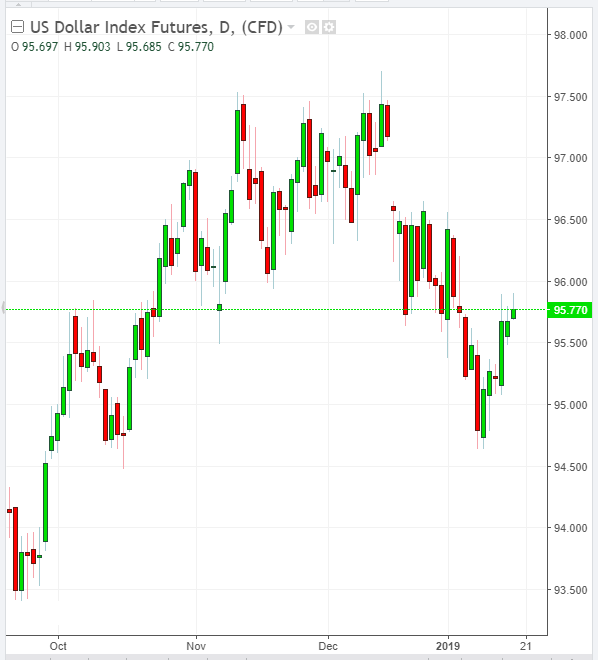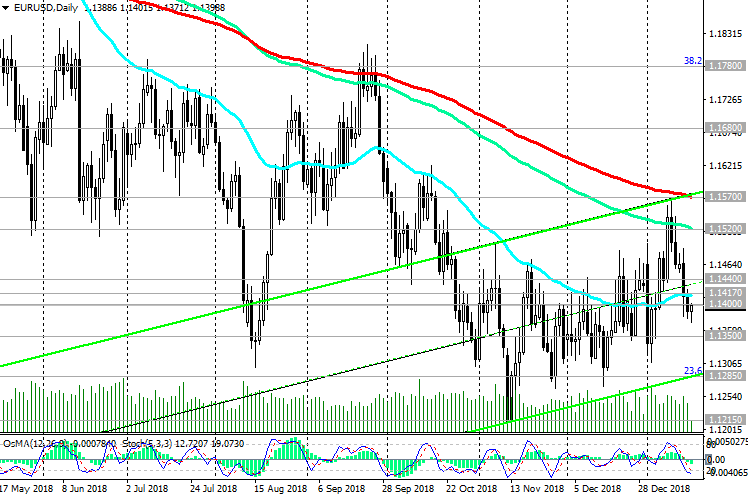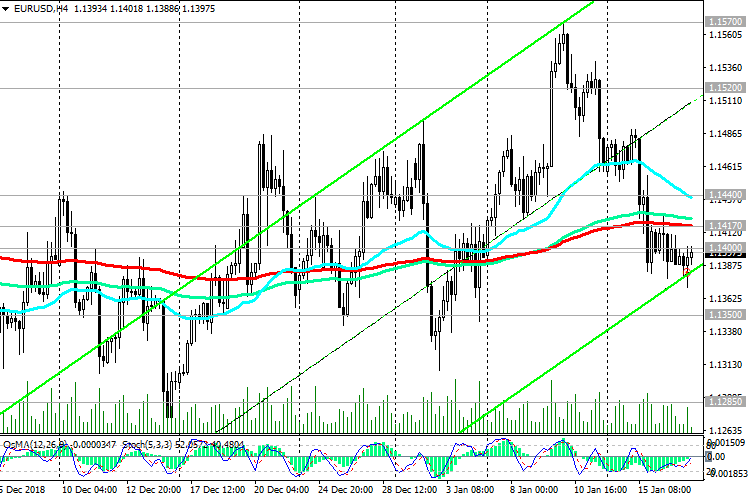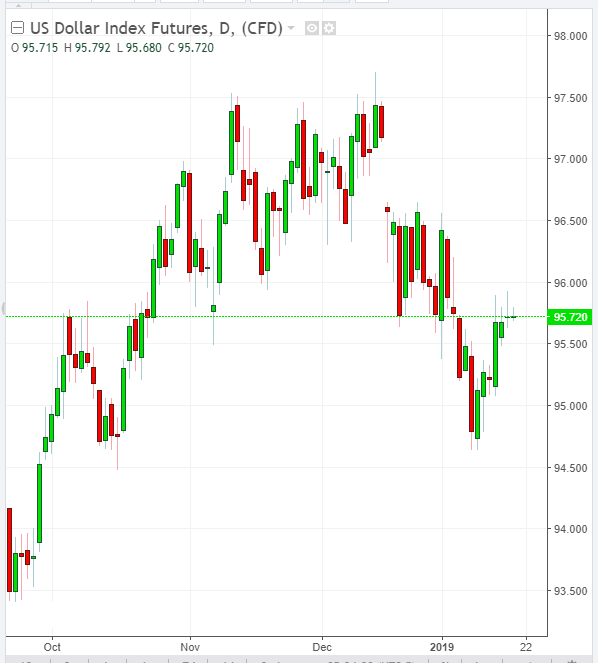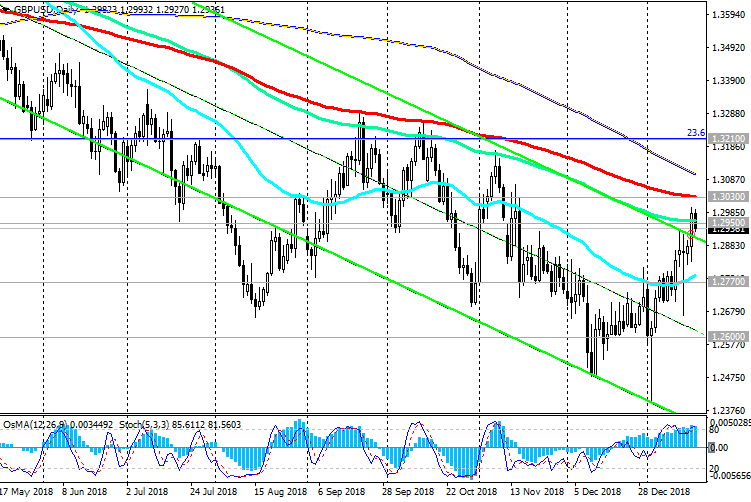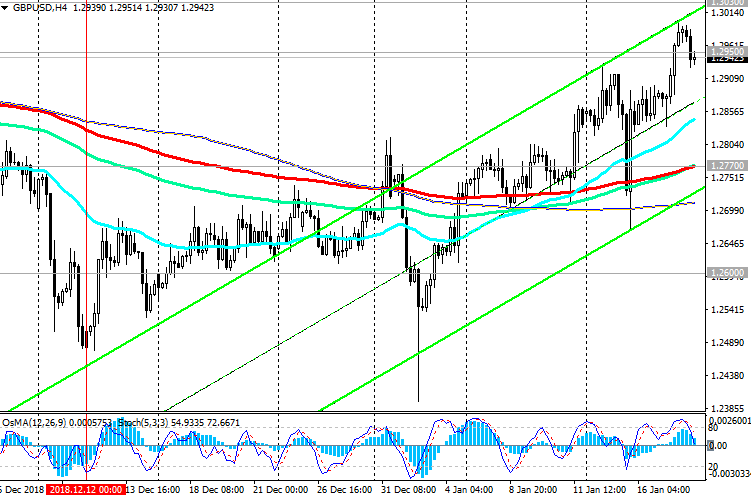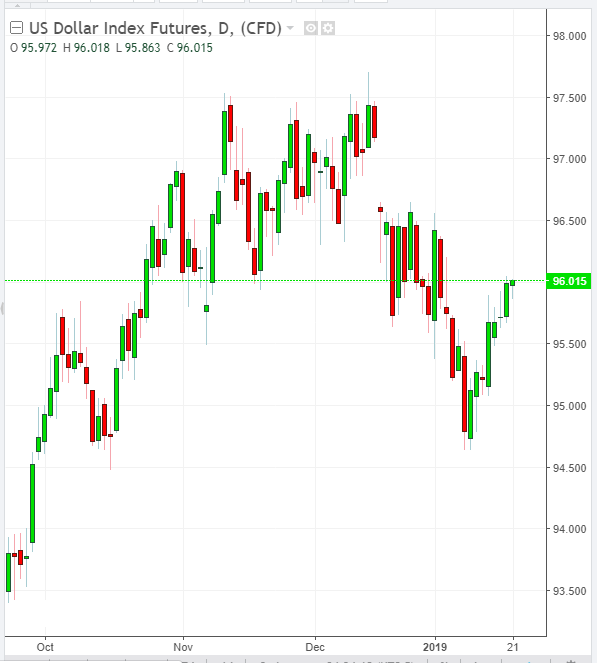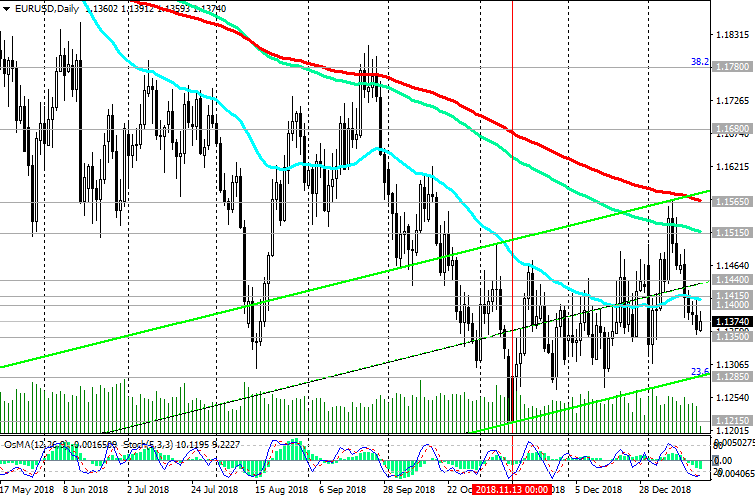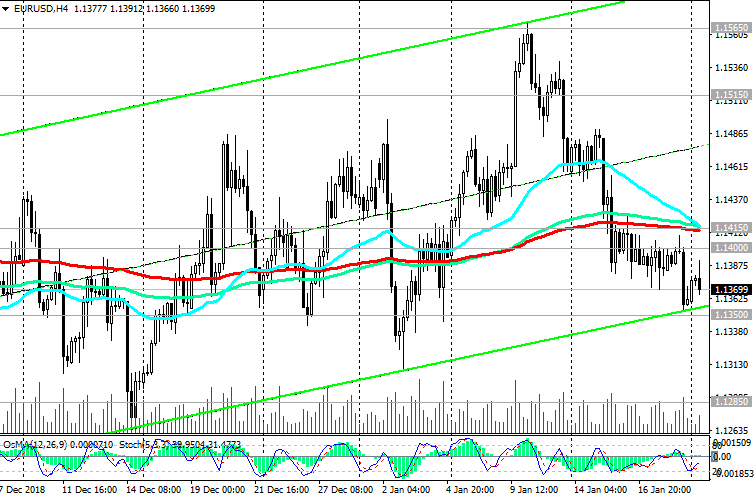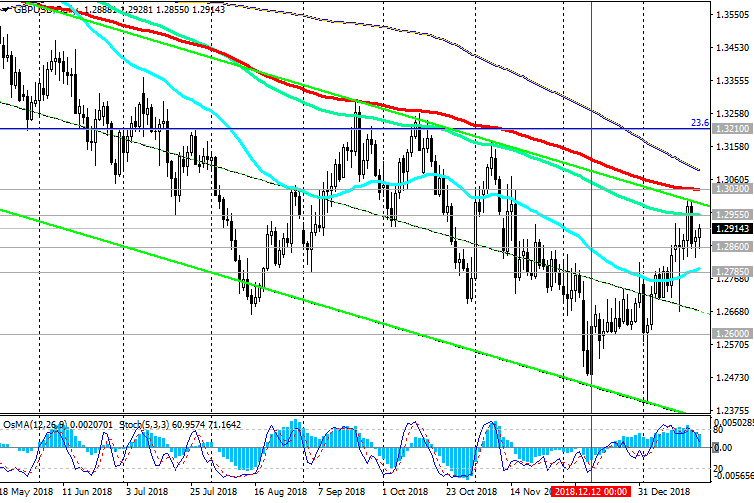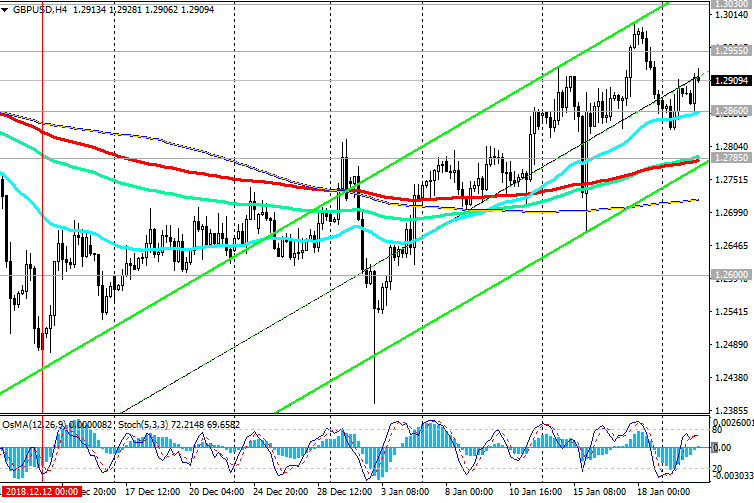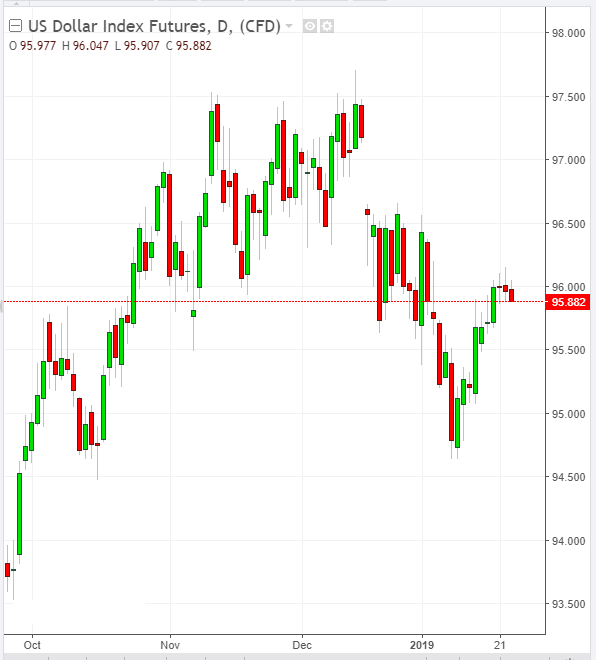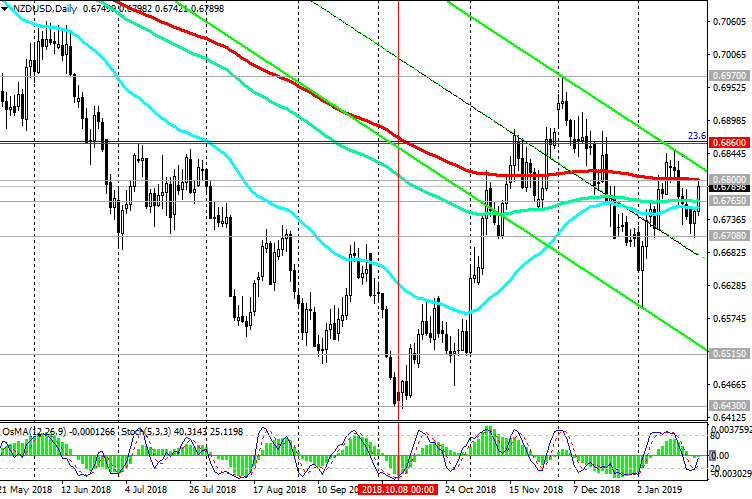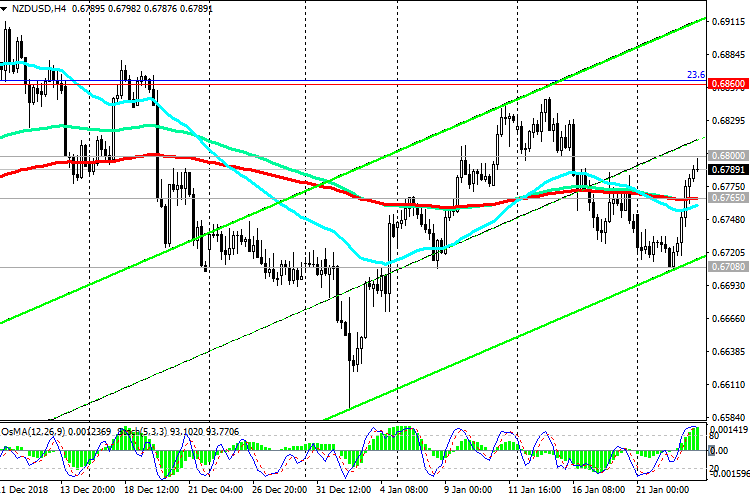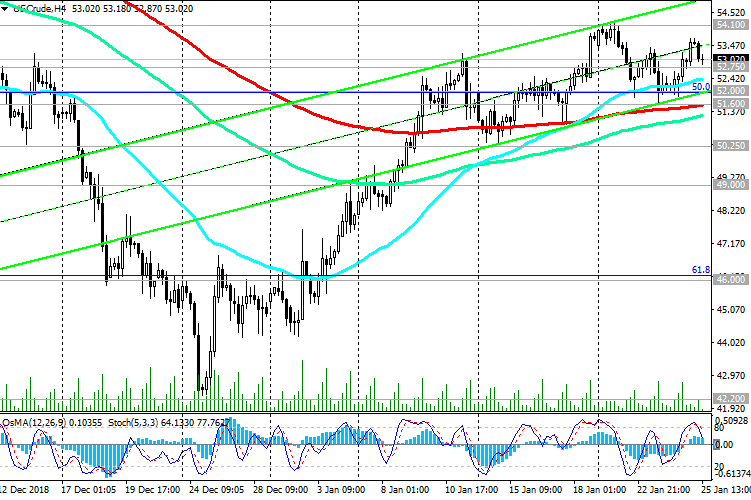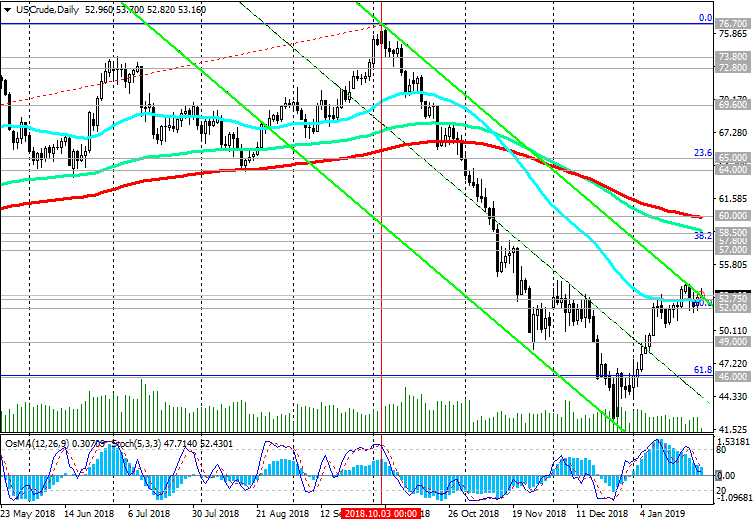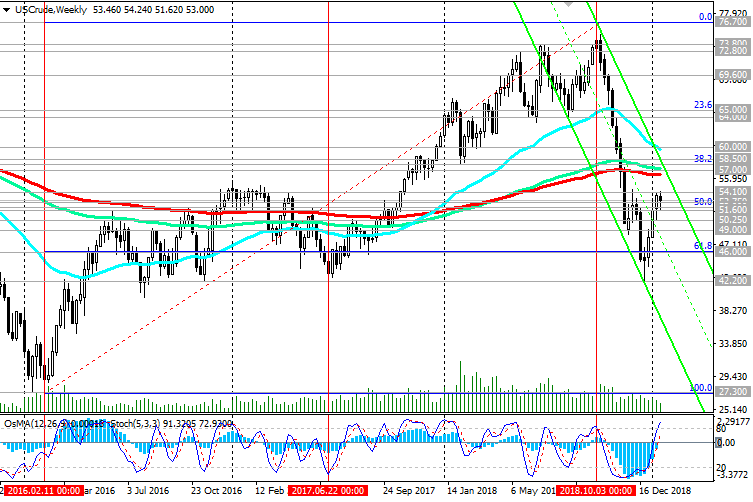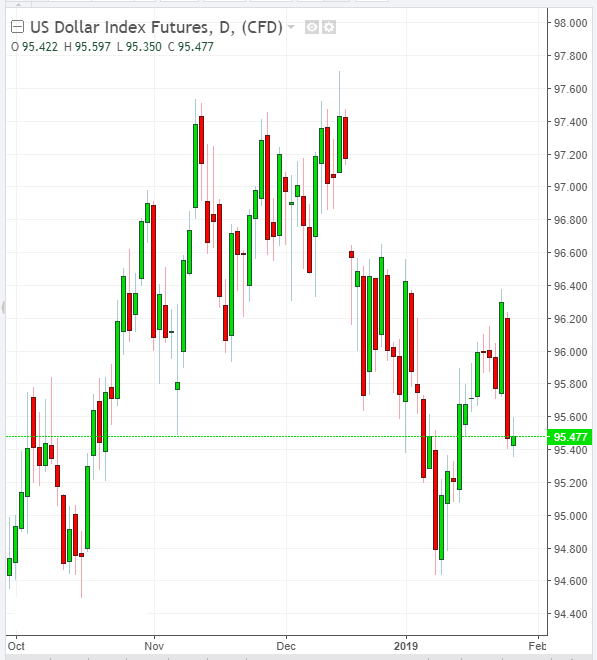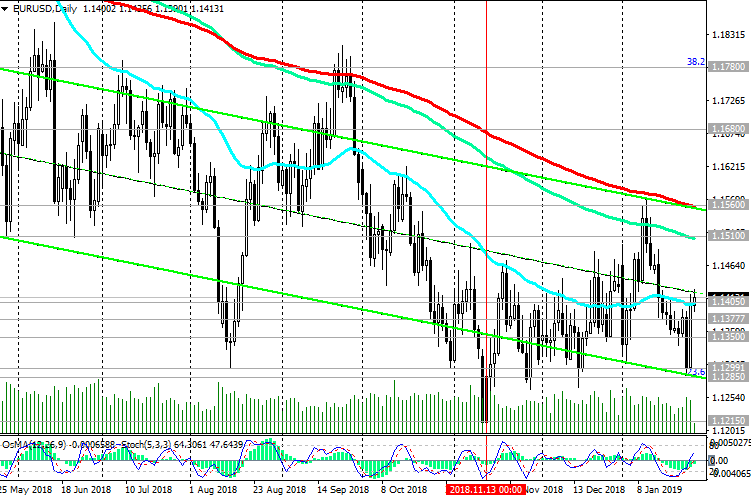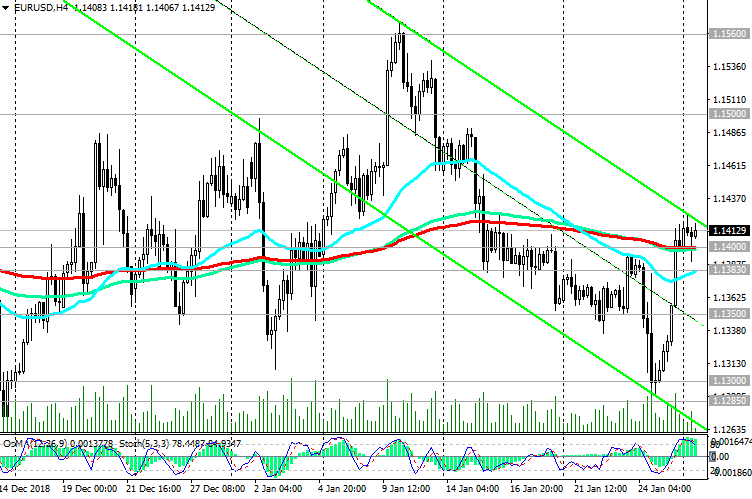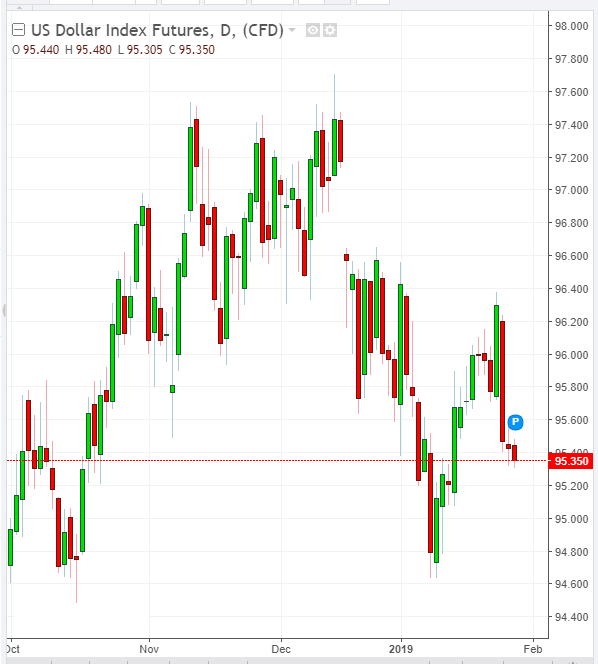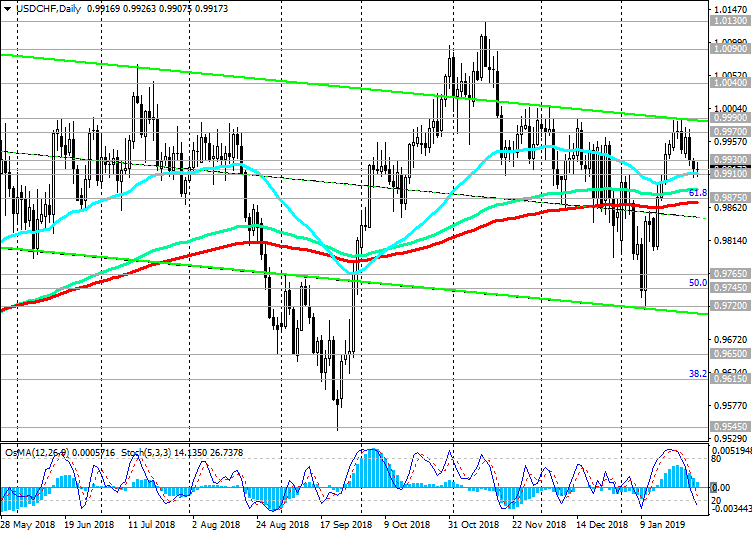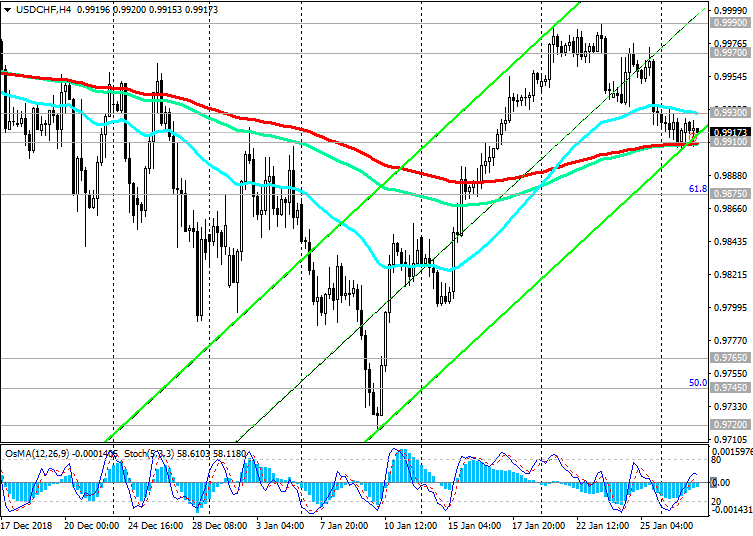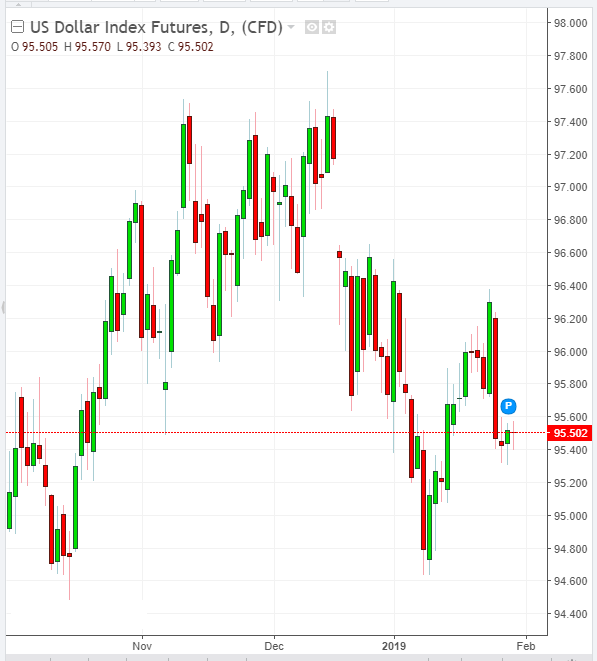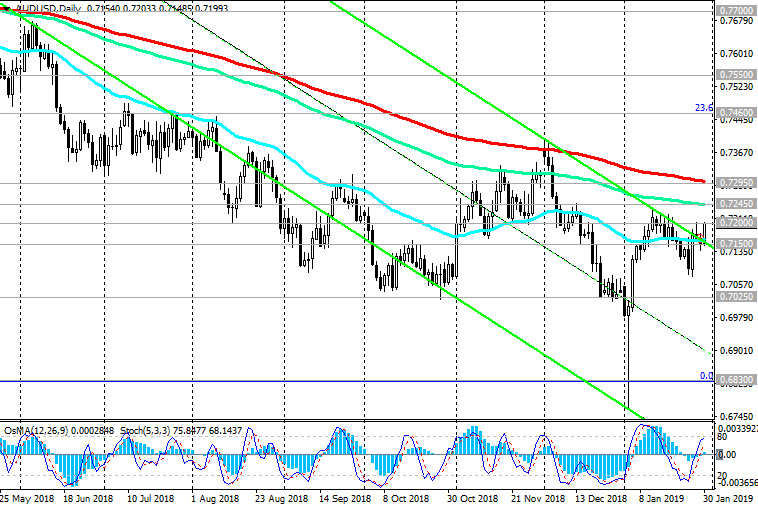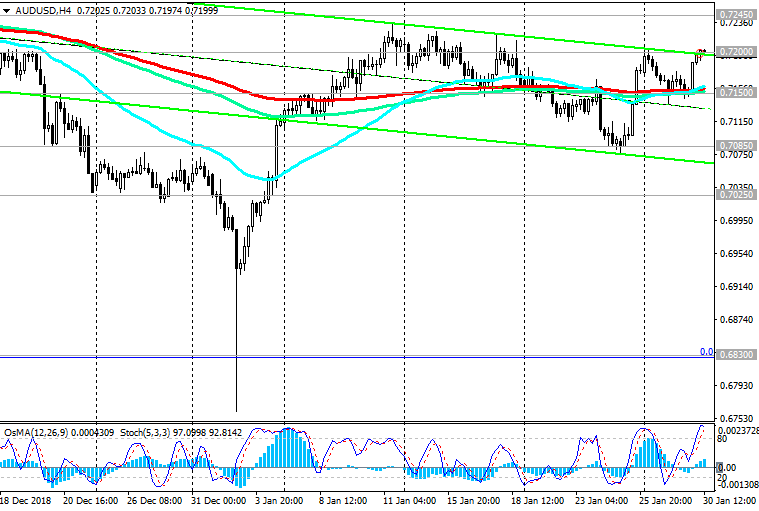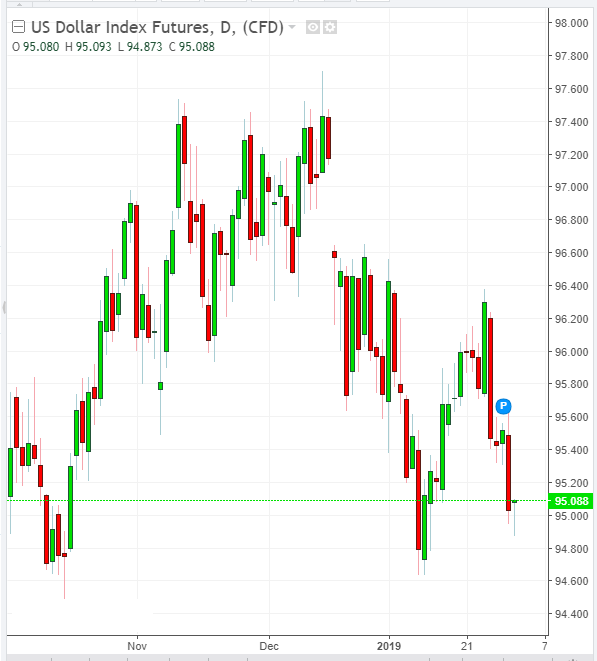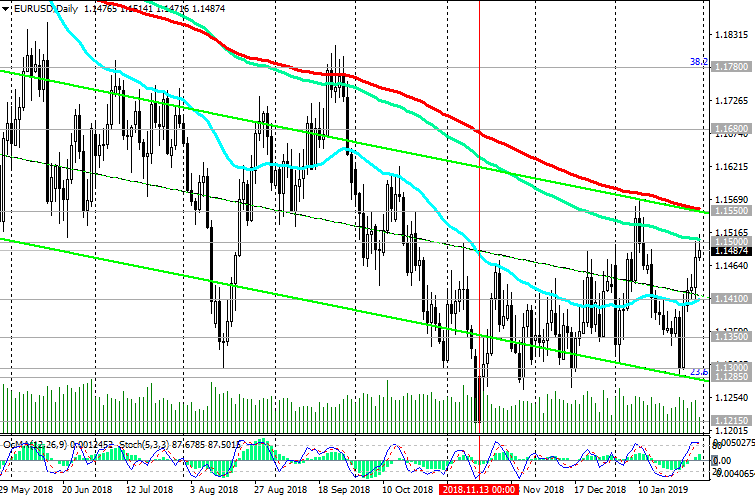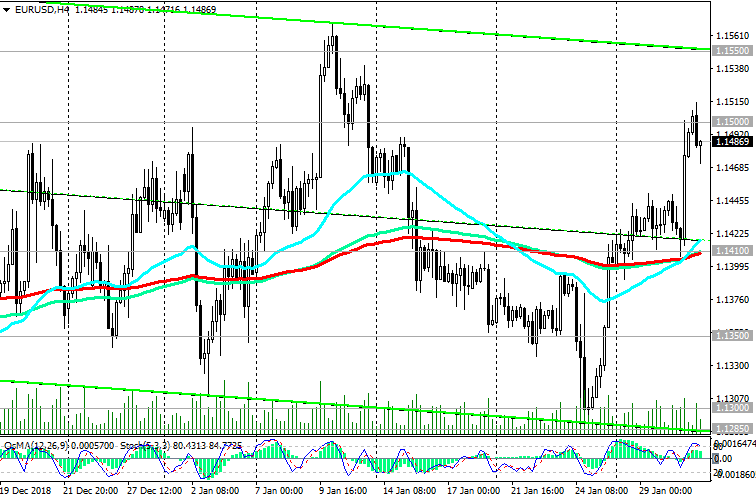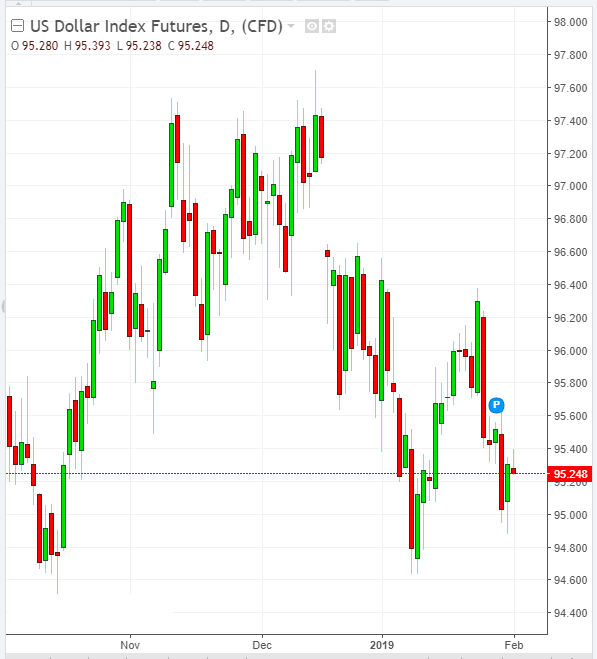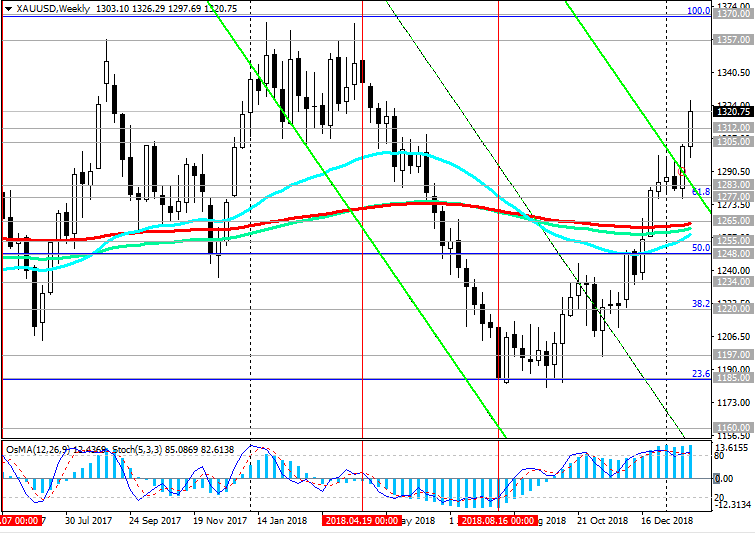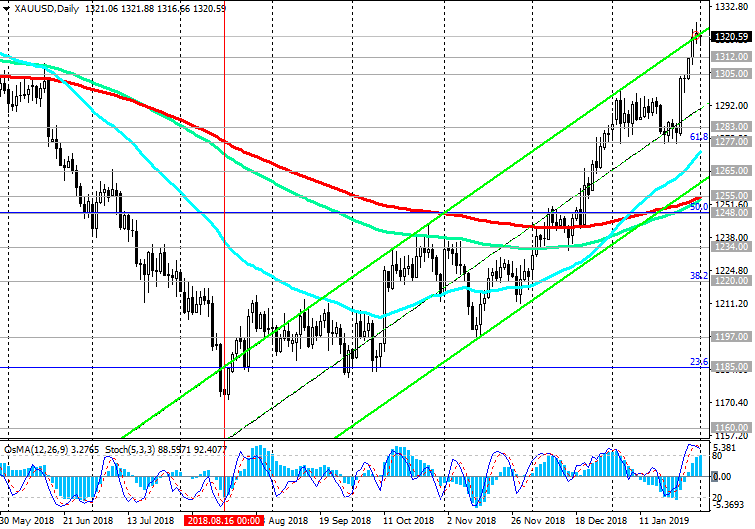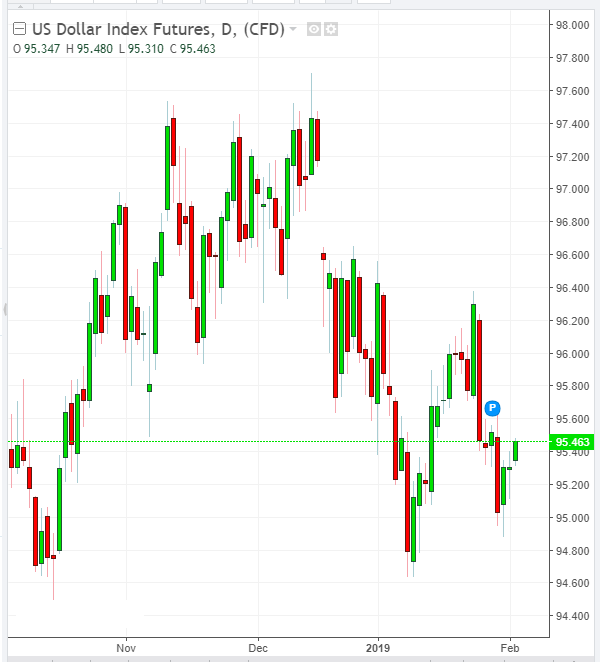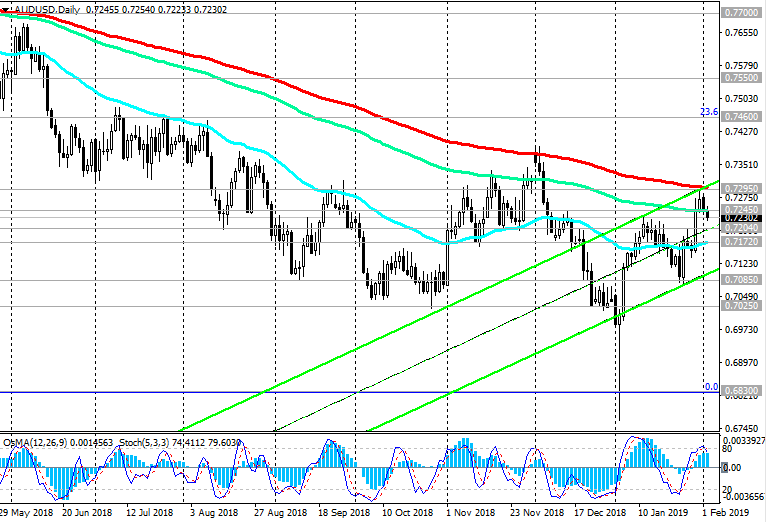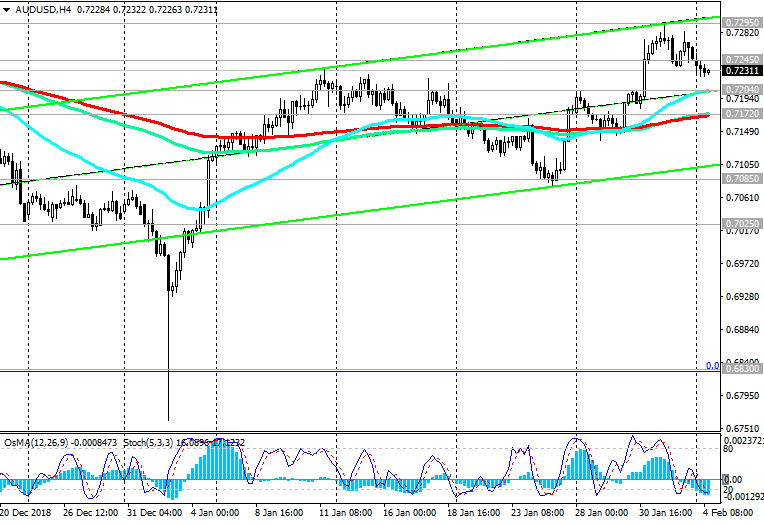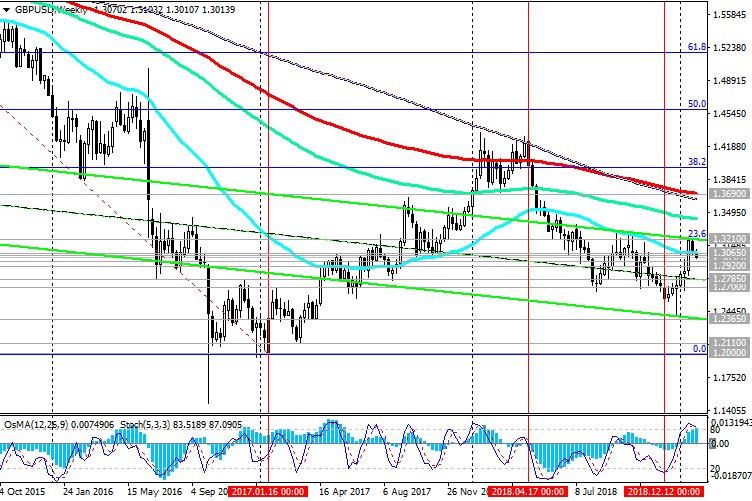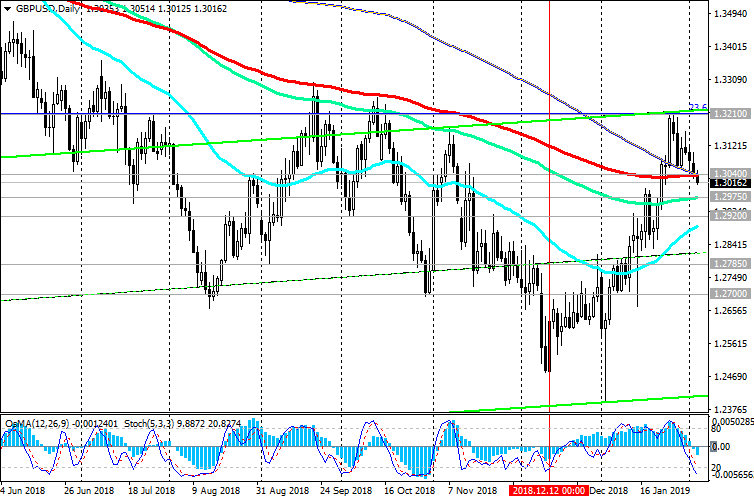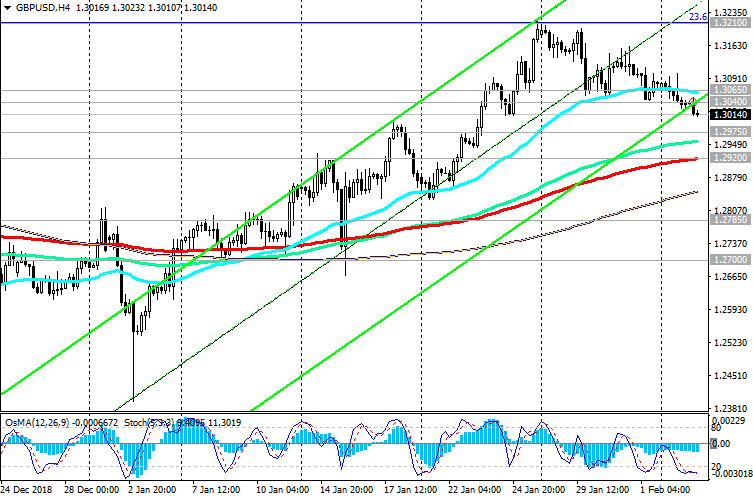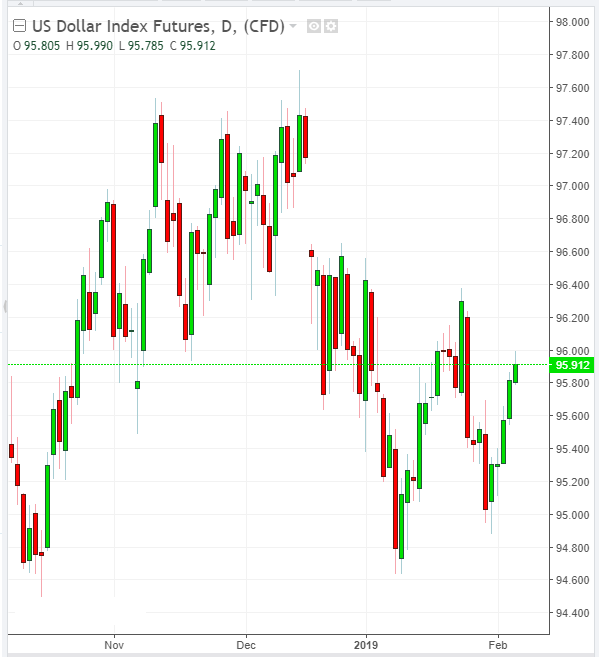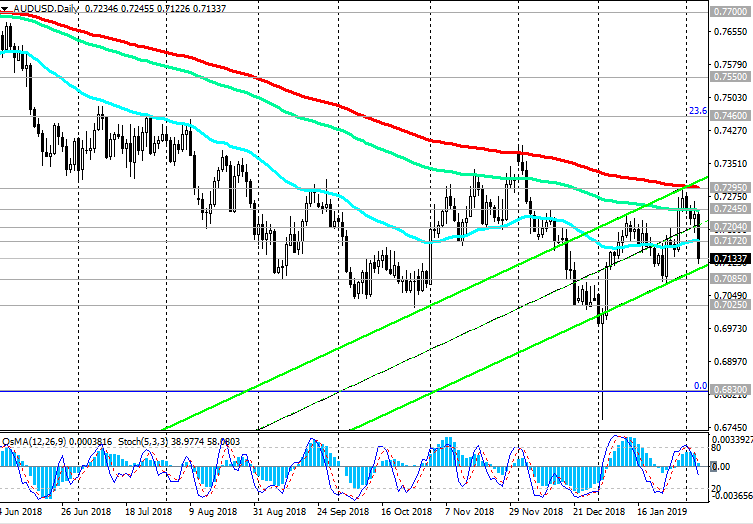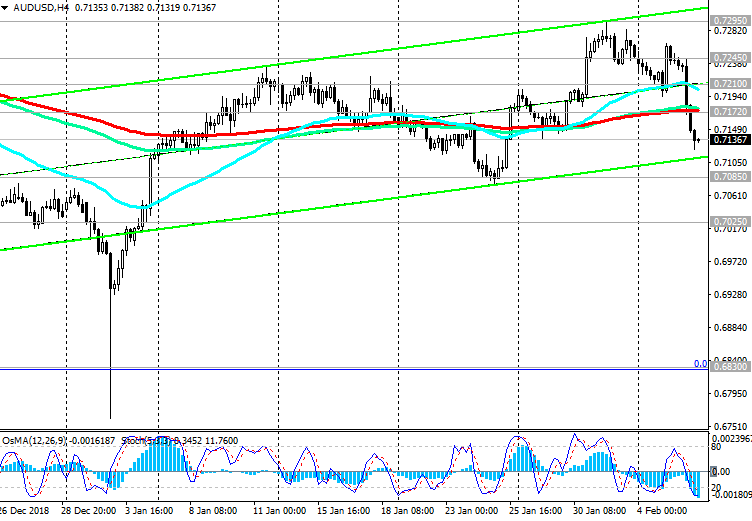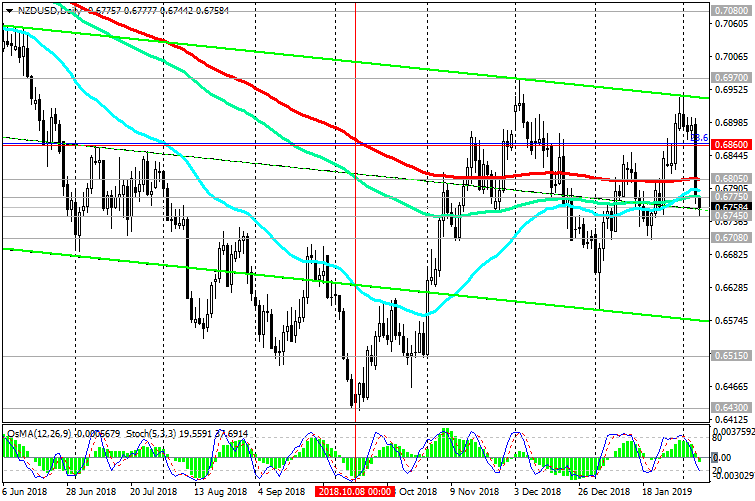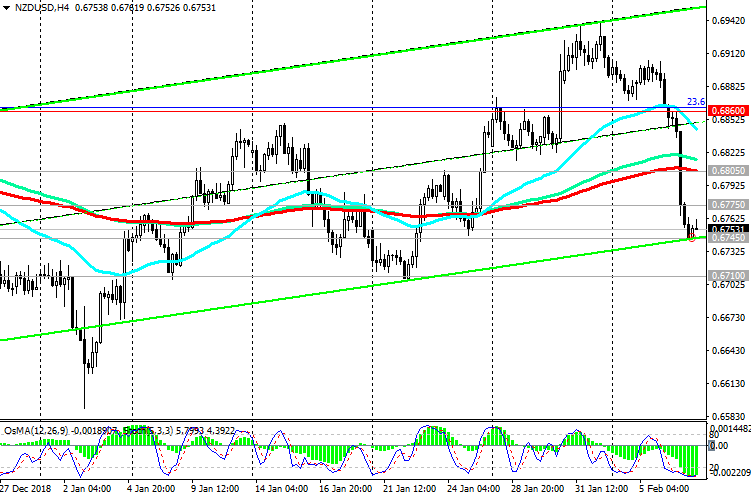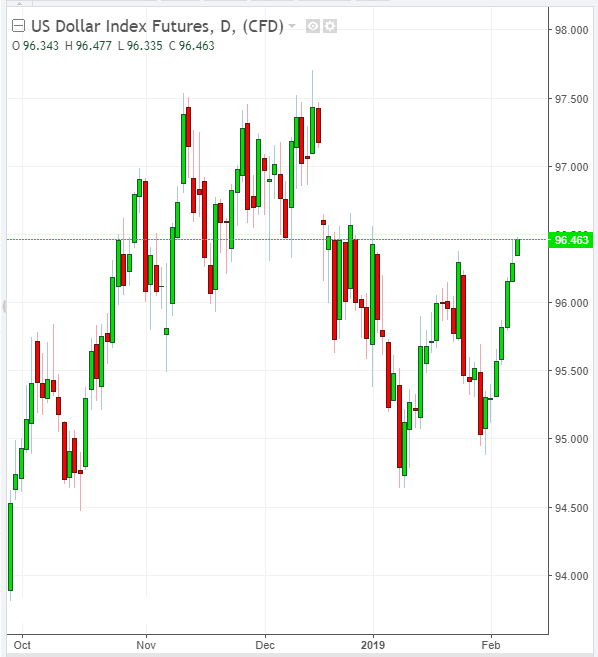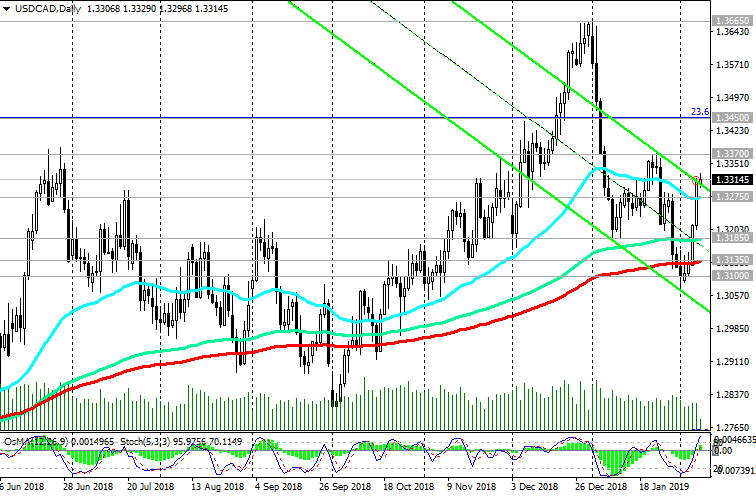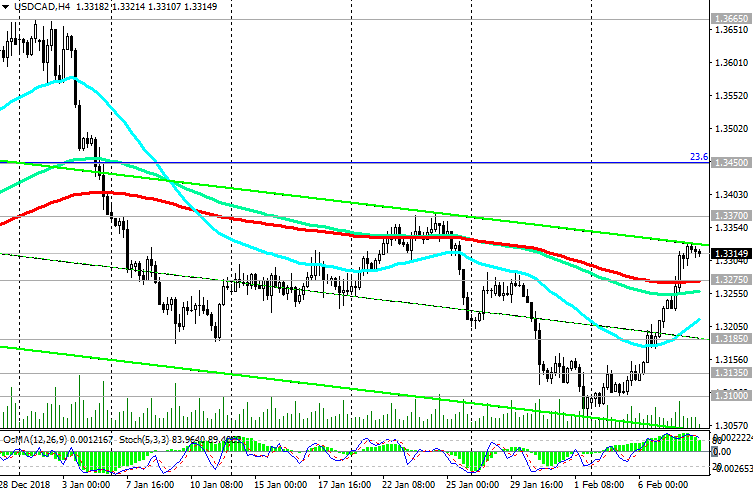TifiaFX
Established member
- Messages
- 641
- Likes
- 0
GBP/USD: Market Expectations
14/01/2018
On Tuesday, a vote will be taken in the British Parliament on a Brexit deal with the EU. As you know, British Prime Minister Theresa May made a Brexit deal with the EU at the end of November, which caused a flurry of criticism from British parliamentarians.
Probably, the parliament will vote against the proposed agreement and the deadline for the British withdrawal from the EU will be postponed from March 29 to a later date. The expected failure of the Brexit vote is, in general, negative news for the pound. However, the effect of this factor on the dynamics of the pound will most likely be short-term, since it has already been taken into account in the quotes.
Below the key resistance level of 1.3035 (ЕМА200 on the daily chart) and due to important fundamental factors, GBP / USD remains under pressure.
In case of breakdown of the support level of 1.2735 (EMA200 on the 4-hour chart) GBP / USD will go into the descending channel on the daily chart and to the support levels of 1.2600 (June 2017 minimums), 1.2485, 1.2365.
The main trend is still bearish. Below the key resistance levels of 1.3215 (Fibonacci level 23.6% of the correction to the decline of the GBP / USD in the wave that started in July 2014 near the 1.7200 level), 1.3035 (ЕМА200 on the daily chart) negative dynamics prevail. Short positions are preferred.
Support Levels: 1.2735, 1.2700, 1.2670, 1.2600, 1.2485, 1.2365, 1.2110, 1.2000
Resistance Levels: 1.2955, 1.3035, 1.3125, 1.3215, 1.3300, 1.3470, 1.3740
Trading Scenarios
Sell Stop 1.2790. Stop Loss 1.2880. Take-Profit 1.2735, 1.2700, 1.2670, 1.2600, 1.2485, 1.2365
Buy Stop 1.2880. Stop Loss 1.2790. Take-Profit 1.2955, 1.3035, 1.3125, 1.3215
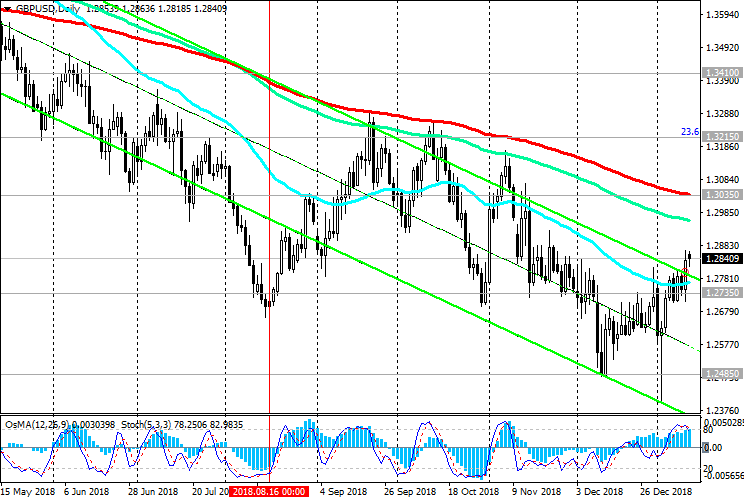
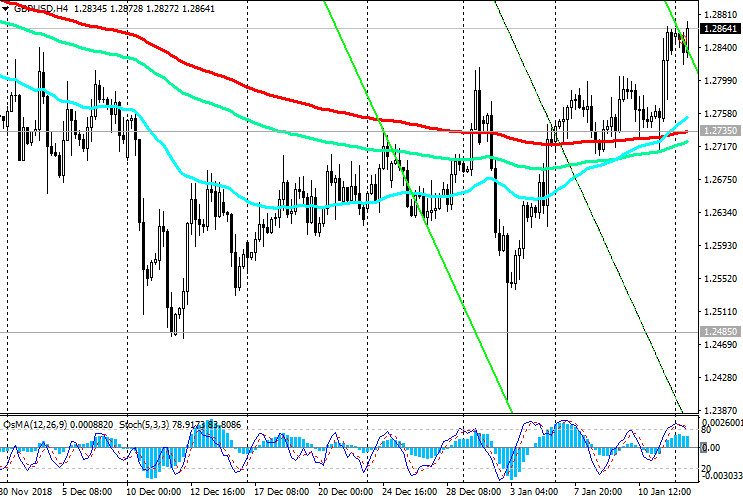
14/01/2018
On Tuesday, a vote will be taken in the British Parliament on a Brexit deal with the EU. As you know, British Prime Minister Theresa May made a Brexit deal with the EU at the end of November, which caused a flurry of criticism from British parliamentarians.
Probably, the parliament will vote against the proposed agreement and the deadline for the British withdrawal from the EU will be postponed from March 29 to a later date. The expected failure of the Brexit vote is, in general, negative news for the pound. However, the effect of this factor on the dynamics of the pound will most likely be short-term, since it has already been taken into account in the quotes.
Below the key resistance level of 1.3035 (ЕМА200 on the daily chart) and due to important fundamental factors, GBP / USD remains under pressure.
In case of breakdown of the support level of 1.2735 (EMA200 on the 4-hour chart) GBP / USD will go into the descending channel on the daily chart and to the support levels of 1.2600 (June 2017 minimums), 1.2485, 1.2365.
The main trend is still bearish. Below the key resistance levels of 1.3215 (Fibonacci level 23.6% of the correction to the decline of the GBP / USD in the wave that started in July 2014 near the 1.7200 level), 1.3035 (ЕМА200 on the daily chart) negative dynamics prevail. Short positions are preferred.
Support Levels: 1.2735, 1.2700, 1.2670, 1.2600, 1.2485, 1.2365, 1.2110, 1.2000
Resistance Levels: 1.2955, 1.3035, 1.3125, 1.3215, 1.3300, 1.3470, 1.3740
Trading Scenarios
Sell Stop 1.2790. Stop Loss 1.2880. Take-Profit 1.2735, 1.2700, 1.2670, 1.2600, 1.2485, 1.2365
Buy Stop 1.2880. Stop Loss 1.2790. Take-Profit 1.2955, 1.3035, 1.3125, 1.3215



